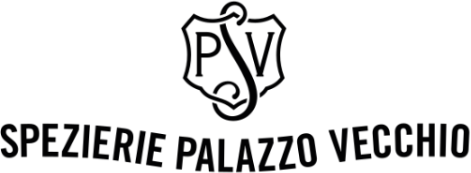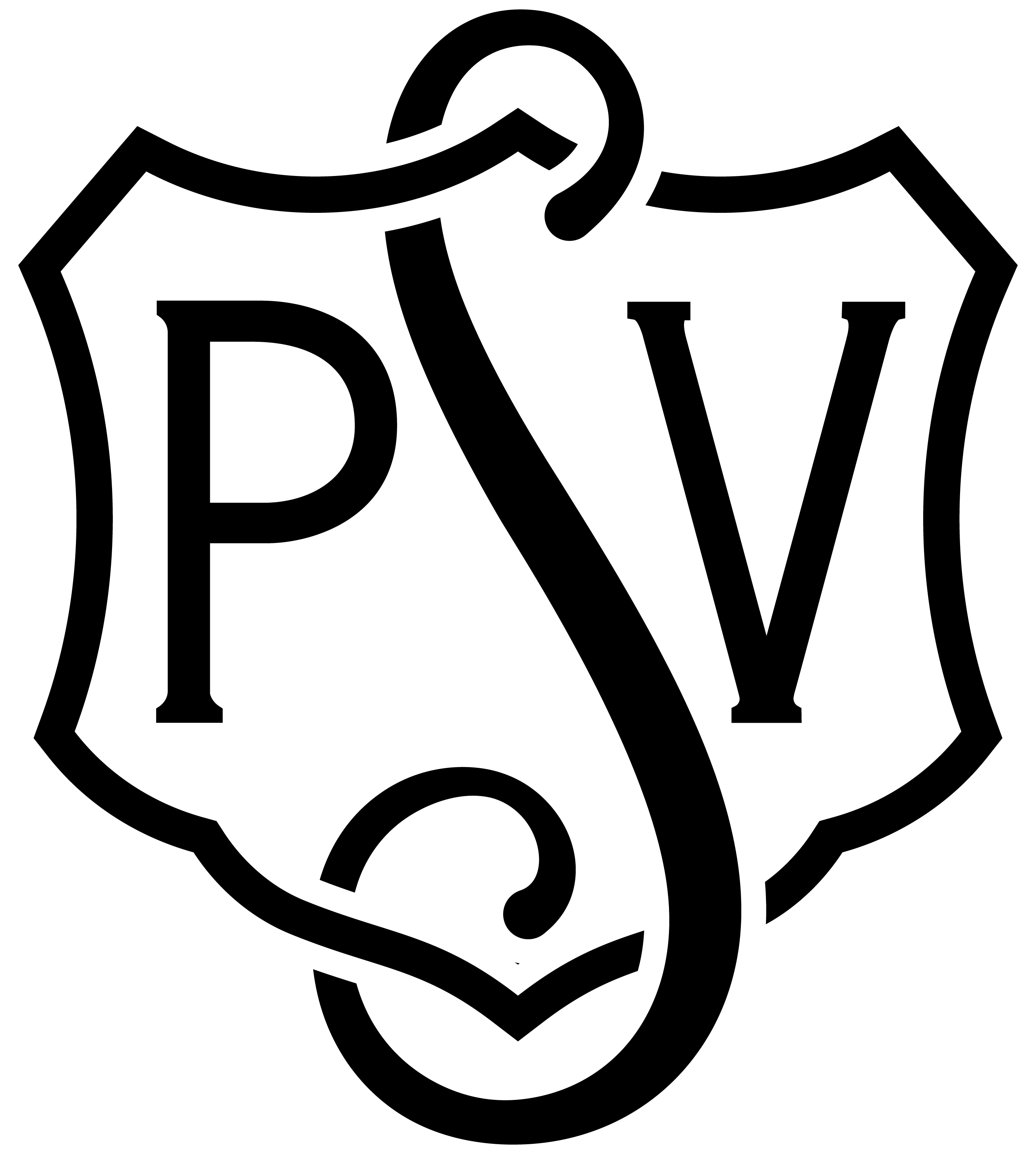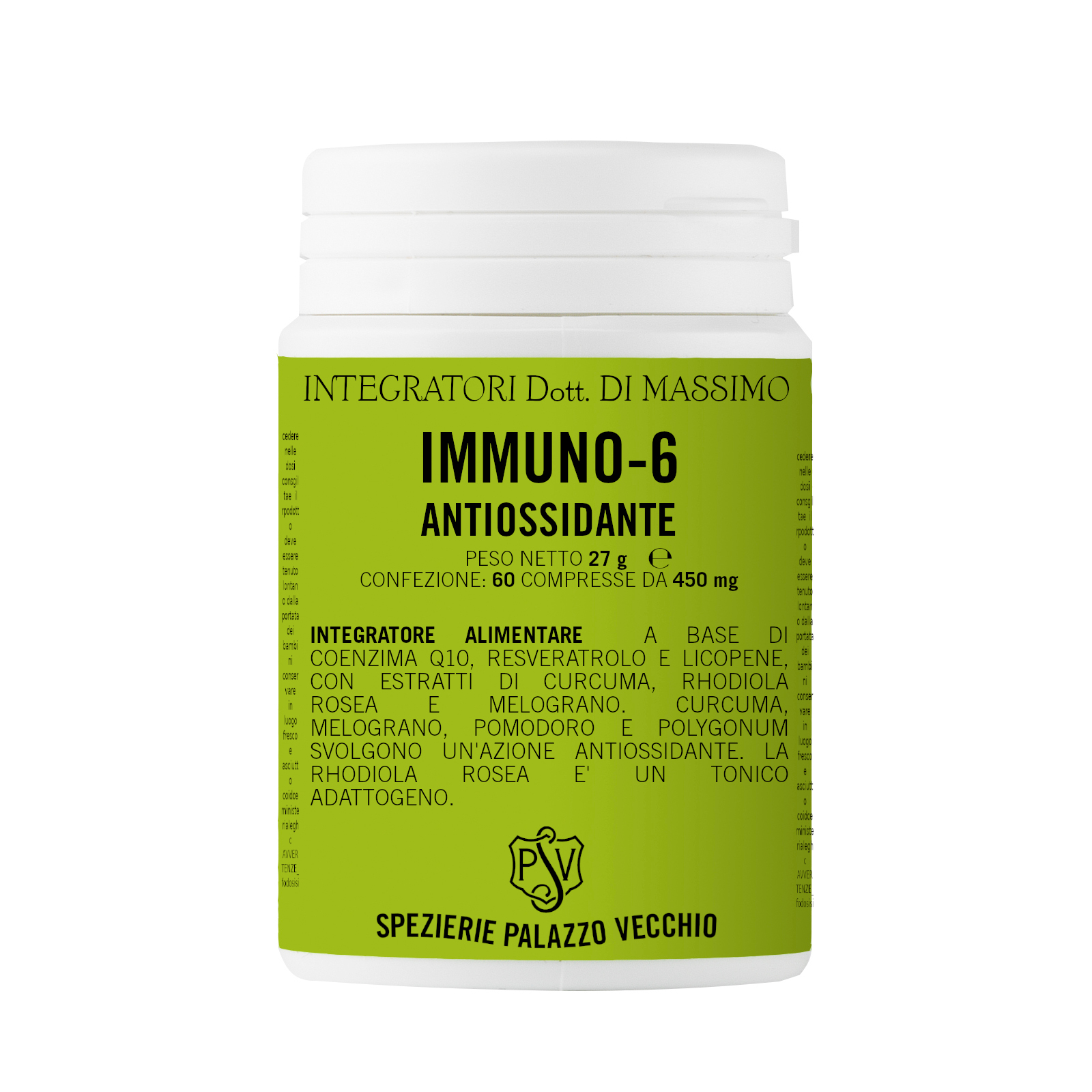Disbiosis
DISBIOSIS
ACIDOPHILUS from probiotics – CUMIN – Inulin from BARDANA – Chlorogenic acid from HELYCRISUM – Curcumine from TURMERIC – Silymarin from MILK THISTLE – Iron – Vitamins B: B2, B3, B6, B12 at “oligo” amount – Folic Acid – Minerals at “oligo” amount – Cinarine from ARTICHOKE – Schisandrine from SCHISANDRA – Ellagic acid from POMEGRANADE – Highly standardized Antioxidants
All the above mentioned active ingredients have been included in the formulation of the food supplements listed at the end of this page
Are part of this category: Malabsorption of food; meteorism, flautolence; colitis; constipation; diarrhea; avitaminosis; candidiasis
Our organism, physiologically, carries out a detoxification process that aims to eliminate toxins from the organism itself; it is essential for maintaining overall good health. In fact, toxins can attack the organism from the outside (exogenous) or from the inside (endogenous); for this reason they are called endotoxins and exotoxins.
Exotoxins: Our body comes into contact with exotoxins through respiration, with pulmonary accumulation, through the skin or the digestive system which is the most affected organ. Some examples of exotoxins are alcohol, smoke, exhaust fumes, pesticides and herbicides residues found in food, food additives, but also drugs and heavy metals. Endotoxins: byproducts of normal metabolism, or compounds that are formed when the digestive organs are not functioning properly. Psychosocial factors such as stress can contribute to total toxic load.
The effects of toxicity on the organism:
The symptoms that most commonly occur in case of intoxication are: Chronic inflammation – Sense of general malaise and chronic fatigue – Allergies and intolerances – Recurrent headaches – Depression and anxiety – Dermatitis – Weight gain – Problems during sleep – Memory and concentration problems – Mestrual pains and irregolar mestrual cycle
Intestine and the bacterial flora: barriers against toxins
One of the most important barriers that protects us from toxins is the intestine. If the intestinal mucosa is damaged, the proliferation of harmful microorganisms can occur, which alters the whole digestive process, leading to the state of dysbiosis. The “good” microorganisms that maintain a good intestinal flora establish with our body a symbiotic relationship from which they benefit, but from which we also obtain benefits: the intestinal bacterial flora produces metabolites useful for our digestion. Integrating our diet with these microorganisms helps us to maintain good health. For example, Lactobacillus acidophilus helps us in two ways:
– Compete for energy resources with bacteria responsible for dysbiosis
– Produces natural antimicrobial substances, the bacteriocins, which inhibit the proliferation of disbiotic microorganisms
During all phases of the detoxification process it is necessary to have a healthy lifestyle, good nutrition and regular physical activity.
DETOX PROGRAM
STEP 1: RE-BALANCING THE DIGESTIVE FUNCTION 2 – 4 weeks
During the physiological detoxification process, the liver produces some enzymes that modify toxins, which pass from being fat-soluble to being water-soluble and therefore eliminated. In this first phase, toxins become more reactive and can originate radical and oxidizing by-products. In this phase, in addition to rebalancing the intestinal flora with the administration of Lactobacillus acidophilus, it is required the integration of iron and B vitamins: B2, B3, B6, B12, folic acid.
STEP 2: ELIMINATION OF TOXIC RESIDUES 2 – 4 weeks
This detoxification step serves to strengthen the function of the waste disposal system from the body, thanks to the activity of liver, gall bladder and kidneys.
Some plant-derived substances such as Curcumin and Silymarin have proved to be highly functional in supporting these detoxification processes. Curcumin is a polyphenol with a powerful antioxidant action that tends to balance the activity of the enzymes involved in the early stages of detoxification. To maximize the effect of this substance it is important that the dry extract that is assumed has a high titration in curcuminoids. Silymarin, extracted from milk thistle, has a scientifically proven effectiveness on liver function and on detoxification, is one of the best plant remedies in cases of liver problems, stress and toxicity. Stimulates the regeneration of tissues and protects the liver from the harmful effects of toxins thanks to its antioxidant properties. Studies have shown that even phytonutrient derived from artichoke, green tea, pomegranate and schizandra stimulate the enzymes of this phase.
Finally, natural antioxidants play a central role in the success of detoxification. However, it is important to use antioxidants with high titer active ingredients.
At the end of the detoxification process, toxins also reach the kidneys. Therefore it is important to keep the pH of the urogenital apparatus under control: in fact the toxins are acidic and in order to eliminate them it is necessary to make the urine less acidic.
Since the process of detoxification requires a lot of energy, it is important to introduce mineral salts in the body with an “oligo” (low dose) dosage to support the cellular oxygenation and the organism.
|
Dietary recommendations: Diet for hepatobiliary and sigestive disorders (download pdf) |
Showing all 5 results
-
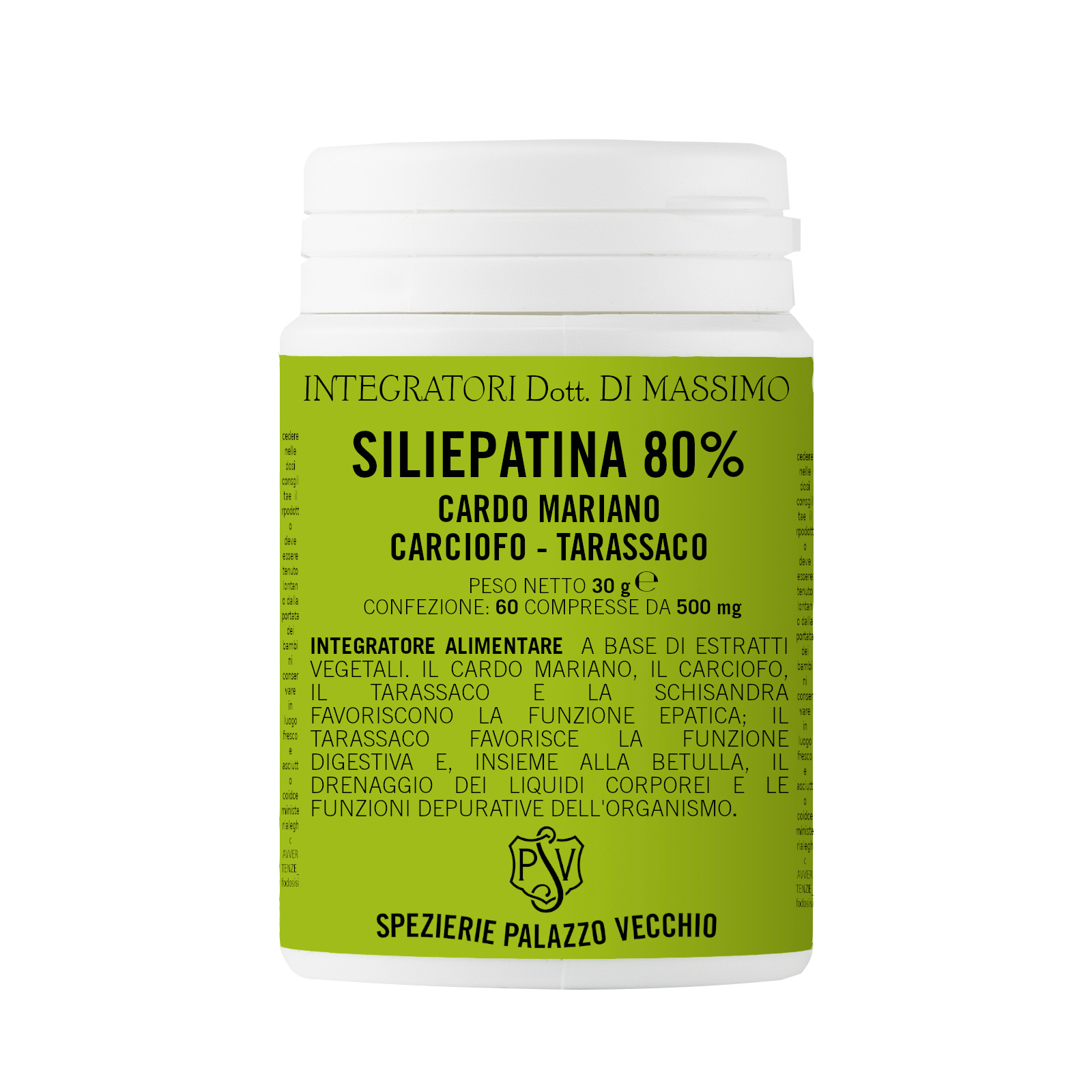
SILIEPATINA 80% Cardo Mariano
€26.00 Nutritional Supplements Food supplement based on plant extracts of Milk Thistle, Artichoke, ...Add to cart -
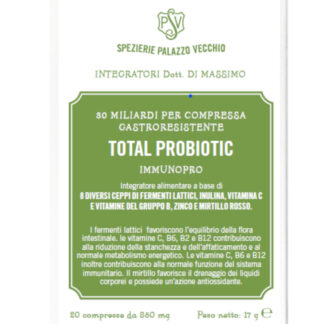
TOTAL PROBIOTIC
€24.00 Nutritional SupplementsTOTAL PROBIOTIC is a food supplement formulated with a mix of 8 differen...Add to cart -
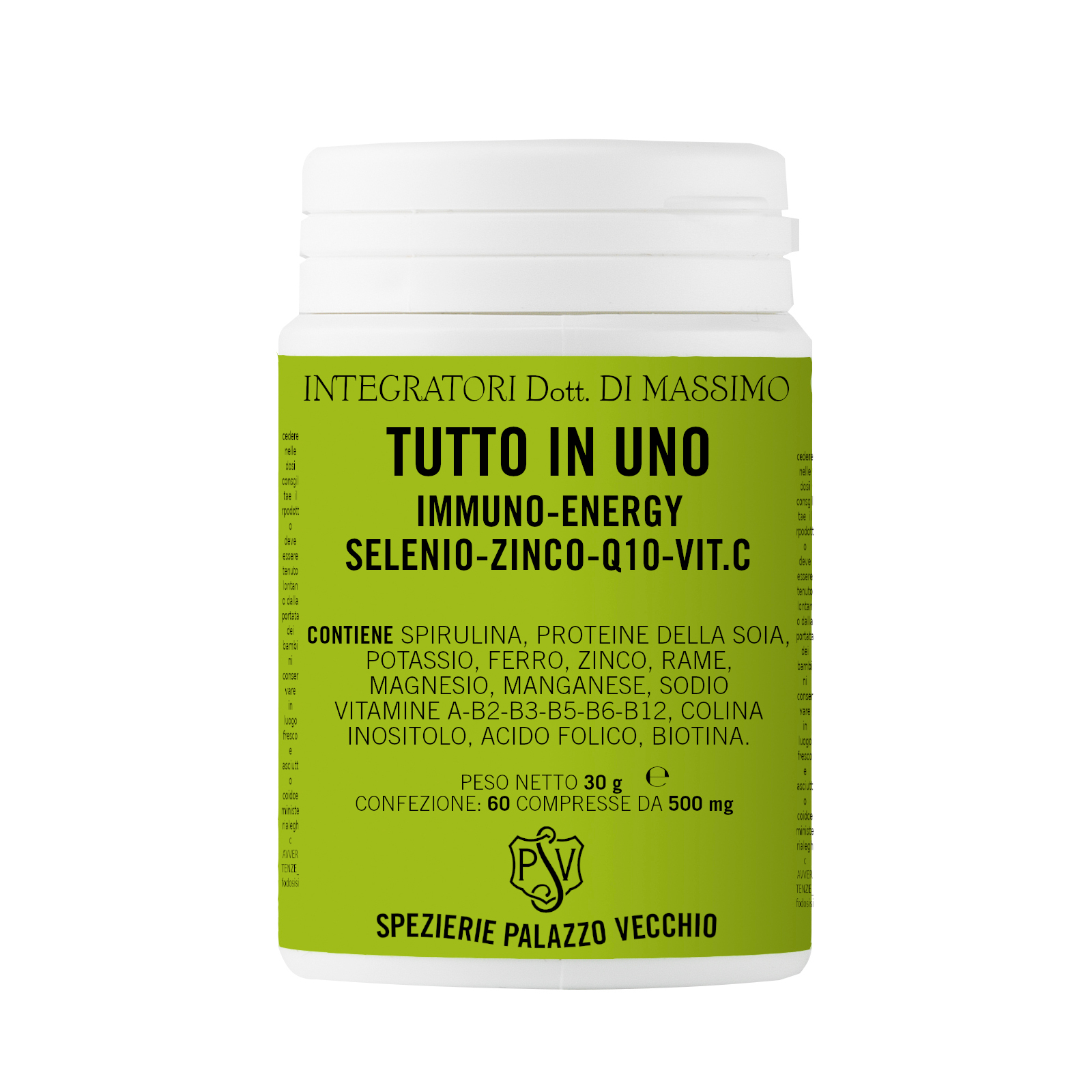
TUTTO IN UNO
€26.00 Nutritional Supplements VITAMINS, MINERALS, PROTEINS, COENZIMA Q10. Very effective food supp...Add to cart -
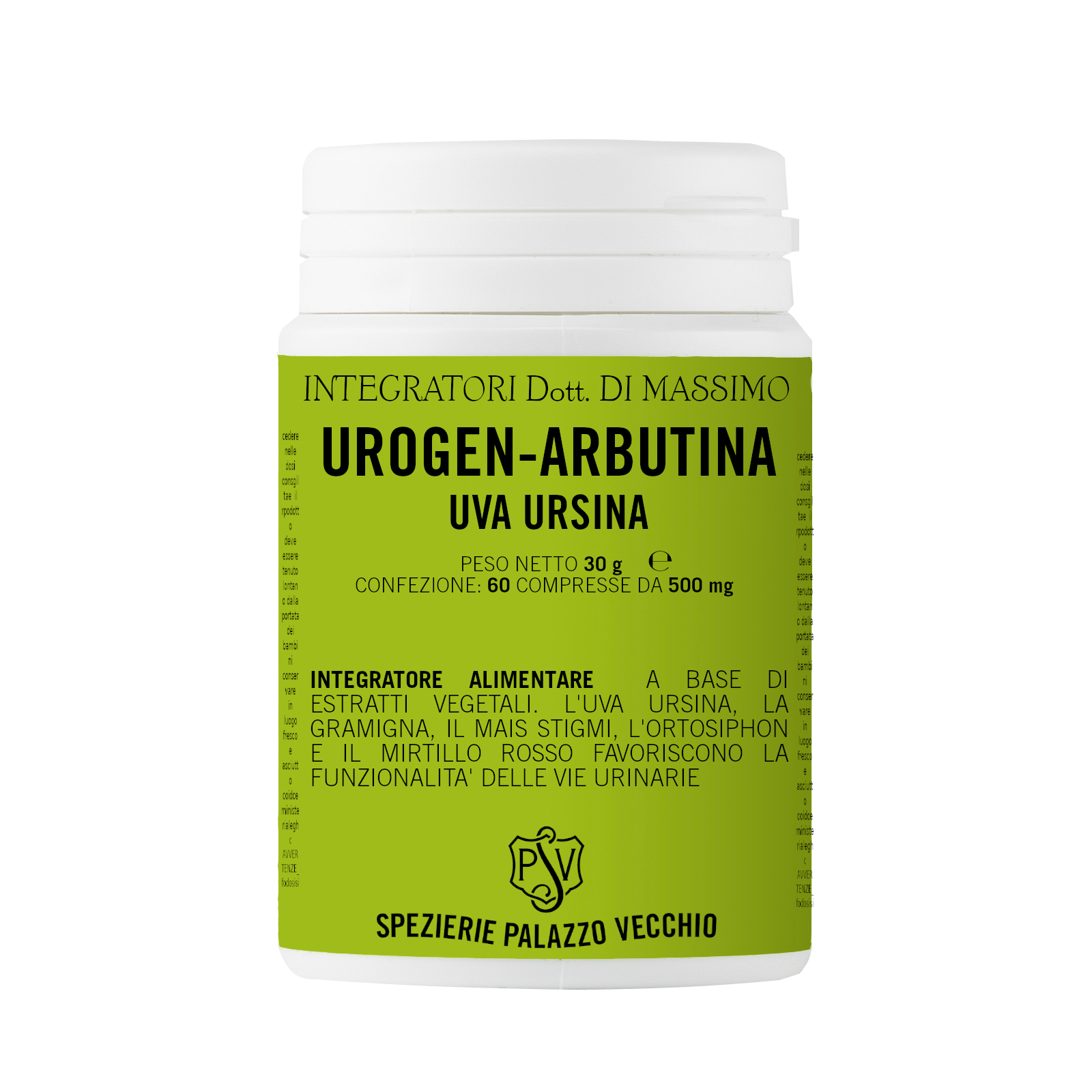
UROGEN-ARBUTINA Uva ursina
€26.00 Nutritional SupplementsFood supplement based on plant extracts of Bearberry, Gramigna, Corn sti...Add to cart
Showing all 5 results
